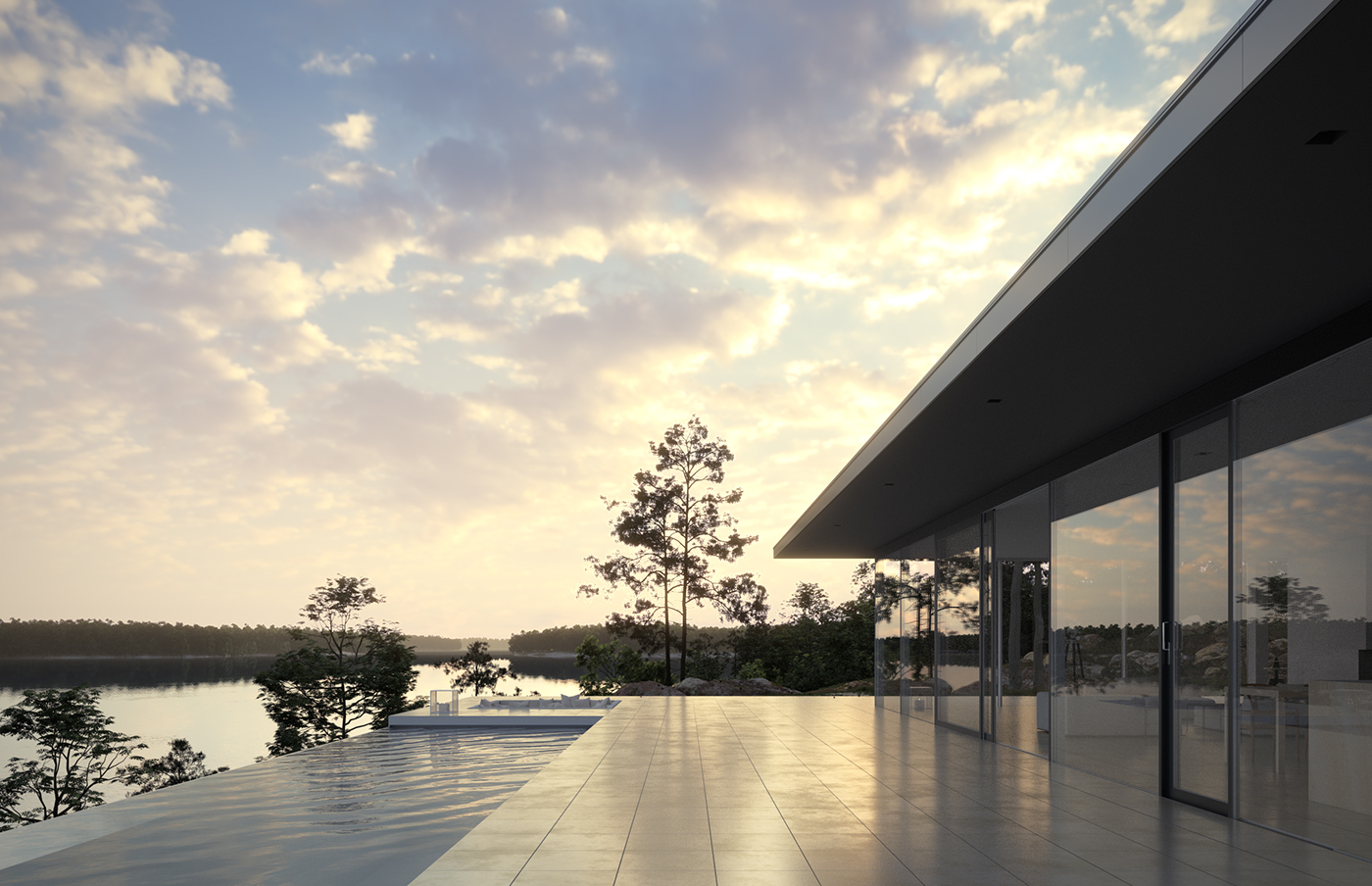We know him as the founder and creative director of Next Nature Network and as the author of the provocative book 'Next Nature: Why Technology Is Our Natural Future'. In that book, philosopher of technology Koert van Mensvoort takes a clear position on the possibilities offered by so-called “technological evolution,” as long as it remains nicely in balance with nature. His vision: Looking at evolution, we see that there’s always a next nature. Nature changes along with us. So the question arises: How will that influence our way of life in the future?
A backward glance
Koert: “You can’t envision the future without involving technology. But that new technology always arises from the old. That’s why it’s a good idea to first take a backward glance at where we came from. It began simply, with a roof over our heads, protection from rain and cold. That was our first intervention into nature. We built ourselves a house from the materials we could find. Funnily enough, you now see that first form of intervention coming back with people we call ‘pioneers.’ People who build their own ‘nests’ with whatever’s available, using wood, recycled plastic, and other sustainable building materials. From those first human structures, we’ve progressed to the point we’re at now, where you can imagine that the average person today lives more comfortably than a rich lord in a castle in the 17th century.”
You can imagine that the average person today lives more comfortably than a rich lord in a castle in the 17th century
But dreaming about the future involves not only knowing where you come from; it’s also good to think about where you want to end up, as Koert argues in his book. Koert: “It’s definitely also about imagination. If you can propose something, then you can go on to reflect on how that dream for the future might be achieved. That ideal form won’t be the same for everyone. There are of course multiple scenarios for the future.” To visualize those scenarios, Koert and his Next Nature team started a virtual reality project, in which they gradually defined a number of ways of life that could arise side by side. Ways of life in which all kinds of variations are of course possible.
House as butler
Koert: “First of all, the image that we see even now when we imagine a futuristic house, but then in superlative form: really sleek, with a lot of glass and metal. Like a shell that wasn’t made for me, made from inorganic material. Almost like a statement against nature, a symbol of modernity, of humanity’s conquest of nature and ability to live independently of it. It’s also a house completely dedicated to smart living, a bundle of knowledge, and therefore power. If I ‘get’ the world, I can overcome anything. A naive thought, if you ask me. You enclose yourself in a modern cocoon, as it were, and you lose sight of the world around you. That modernist dream of the house as butler and bodyguard, that’s not going to happen. You live there under the delusion that nothing can happen to you, when in fact you’re going to be caught totally unawares by events you didn’t see coming.”
Those who imagine what the future will look like know better where they want to go
Your own mud hut
At the other end of the spectrum is the primeval hut, a form that’s popular again with adventurous people who want to build with their own hands. With natural materials, but still provided with every comfort. Take the new Almere neighborhood, Oosterwold, where all sorts of DIY houses are popping up, authentically built into mounds, with walls of straw and loam, where the heating is built in, the rainwater is reused, and energy is generated independently. Totally in line with current norms, but in a way that’s strongly reminiscent of the past.
Koert: “Such a comfortable hut is nice, of course, but far from suitable for everyone. It requires a lot of energy and practical skills. Above all, there simply isn’t enough land in a country like the Netherlands for everyone to live that way.”
The house that grows with you
It’s not uncommon for the truth to be somewhere in the middle, and in Koert’s view that seems to be the case here. Because what’s the best of both worlds and then preferably a little more? Koert: “In the ideal scenario, we’ll see a kind of hours that isn’t static but grows with you as a living thing. Built from organic material, like the ever-stronger root bridges in India. But then completely adjusted to the needs of people. Like smart skin that ensures a pleasant indoor climate and can be stretched at will to accommodate new family members.” Organic and smart: the combination seems ideal. No burden on the environment, but all the modern conveniences. A healthier climate in which technology and nature merge. The New Heroes Foundation already showed off a sample of this future thinking during Dutch Design Week, with their organic Growing Pavilion. Still in a primitive form, but the beginning is there. Or as Koert says: If you know where you want to go, you can really focus on searching for opportunities to get there. “It really matches with how I’d like to live myself: build my own house, an intelligent blend of farm and moon base.” With those sort of ideas, of course you’ll end up loving the future again.
This text is translated from Dutch and republished from VTVerbouwen under a Creative Commons license.

Share your thoughts and join the technology debate!
Be the first to comment